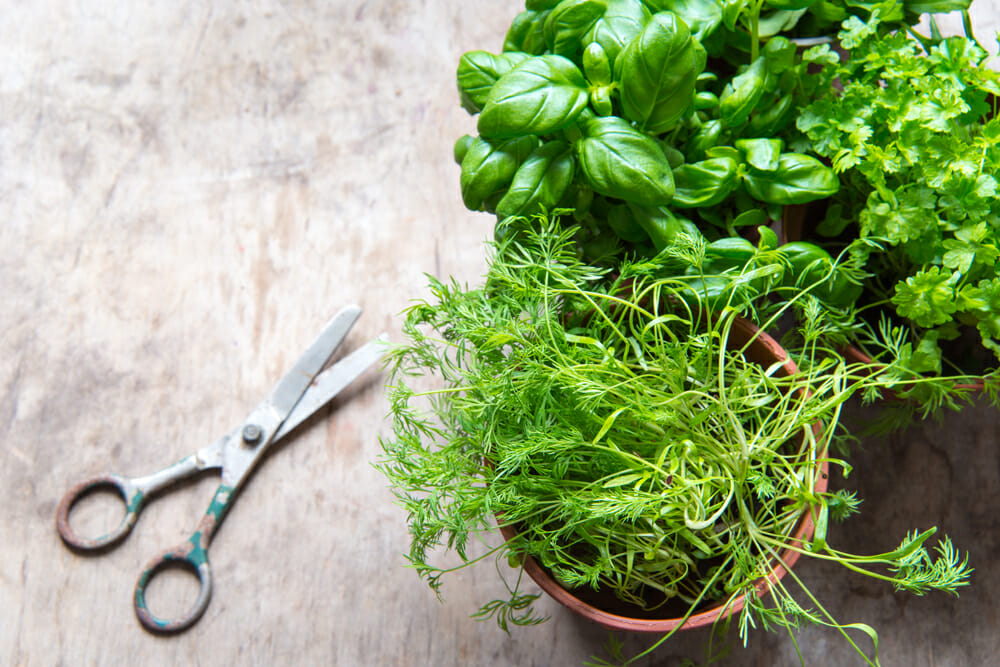If there is anything to be learned from this pandemic, it’s that we can’t depend on the government in its current form in times of crisis. When faced with a global pandemic, the Trump administration denied the seriousness of the coronavirus and dragged its feet on preventive and protective measures. Meanwhile, several senators turned a quick buck off the panic they knew was coming. When the pandemic arrived and started wrecking the economy, Congress passed a stimulus bill that granted a pittance to its workers while granting even more bailouts to corporations, many of which benefited from the $1.5 trillion loan the federal government dumped into the stock market earlier in the month.
The economic fallout from the pandemic will be felt for a long time. Economists were already warning that we were heading for a recession, and the coronavirus brought those concerns to a head. In a single week, 6.6 million Americans applied for employment, doubling the record that was set the week before. Bad times are headed our way, and we have to band together in order to keep everyone afloat.
If we cannot depend on the government, we must learn to be independent. I don’t mean “independent” in the American libertarian sense of the world, which says that we should depend on only ourselves and compete with each other in the capitalist market. While we should all strive for a certain amount of self-dependence, I mean independence in a different sense: we should strive for the independence that comes when our communities come together as a collective and rely on the people in them, and not whims of either big government or big business. We should certainly be fighting for healthcare and a fair salary, but we should also be focusing on transforming our communities into mutual aid structures.
A community is not just the neighbourhood where you live, although that is the kind that is easiest to make more self-sufficient; a community is any group of people that you are part of. Most people are in multiple communities: your workplace, place of worship, gym, book club, and even group chat for your kid’s softball team are all communities that you are a part of. Furthermore, the overlap of communities is a good thing. After all, a diverse set of people and skills present more options for making themselves more self-sufficient, and interconnected communities can work among themselves to achieve common goals.
The hardest part of building a mutual aid structure is getting started. Luckily for us, most of us are already in one of the communities that I mentioned earlier. It doesn’t matter what it is, as long as you are in any group of people you can transform it into a mutual aid network. Now is the perfect time to reach out to people. After all, we are all already stuck inside with nothing else to do. We might as well take advantage of the time and put it towards something productive. If you haven’t already, add everyone in your apartment building or subdivision and invite them to a group on Facebook. Reach out to the people in the group chat for your child’s softball league. Email some of your coworkers. Start small, and once you have a group of interested people you should start planning for the upcoming months. For now, it is best to follow social distancing guidelines and keep your interactions online, but it might be a good idea to set up a system to run errands for the elderly and anyone else at risk for the coronavirus.
Once the community is established, it is just a matter of organising people to meet goals. This step will almost certainly vary from case to case, of course. Communities made up of people that earn more will have different goals and procedures than one made up of people that might make as much money. Every community should do its best to integrate people of different levels of income. This might not be possible for some, but as I said before, diversity is always a strength in communities.
At an absolute minimum, a mutual aid organisation needs to leave “no man left behind.” The coronavirus gives us a great example of this: in many mutual aid structures that already exist, there are systems in place to meet the needs of the elderly and immune-compromised. Another example is the free breakfast program created by the Black Panther Party, which provided meals for thousands of children during its heyday. However, neither of these examples would have succeeded if the people in the community weren’t familiar with the needs of the people in them.
Food security is one of the easiest and most important things that any community should be working towards. The exact methods will depend on each community’s needs, but they should all focus on making sure that nobody goes hungry. Communities that are made up of people that all live in a certain area have more flexibility of course, but it is still possible to hold events like potlucks in communities where you don’t interact on a daily basis.
But if you are a part of a community that is centred around one place, like an apartment complex, a great way to promote food security is to grow your own vegetables. It doesn’t matter where you live, as long as you have a window that has a decent amount of sun you can grow your own food. And in a community that is made up of people living in an apartment complex, different people can grow different foods, based on their living arrangements. If someone has a larger yard or balcony, they can easily grow more staple foods like beans and potatoes, while people who may only have a room for a window box or two should focus on growing smaller vegetables and herbs. This division of labour will benefit everyone, as long as the benefits are all shared.
Many vegetables are both inexpensive and easy to grow. As a child, I used to grow my own radishes, lettuce, and tomatoes (at least until I got bored with the project). If you don’t have much room, you can make a decent growing box out of a few boards, a handful of $.25 corner braces, and a ten dollar bag of potting soil. Seeds usually cost around a dollar for a packet, and one packet will last through a growing season or two. Plants like radishes and greens are very simple to maintain and can grow inside year-round. Cherry tomatoes require a bit more effort and significant light, but they too can be grown inside year-round. If you have a larger balcony or yard, you can grow larger crops like cauliflower, broccoli, and carrots. Creativity can make up for a lack of space: people have had success growing staple foods like potatoes and beans in five gallon buckets, and most vine vegetables like squash and zucchini can be grown vertically using trellises made out of pallets or fencing. And if your apartment complex has an unused lot or rooftop, your mutual aid structure could take advantage and create a full communal garden. Growing vegetables got many families and communities through the Great Depression and the last recession, and there is no reason that it won’t work again. A combination of community potlucks and gardens will significantly increase the food security of everyone in it.
Another way to promote food security is to create a “helping box” or “little free pantry. Little free pantries are much like little free libraries: they are medium sized boxes in public spaces where people can leave canned goods for people who are in need. It doesn’t take a lot of expertise to make one, and a community that is dedicated to keeping it well-stocked can keep its less-fortunate members fed in a way that doesn’t require a lot of commitment.
It is also important to meet the other needs of those in a community. As hard times hit us, many people are going to struggle to pay for childcare, and communities must step up and meet that need. It may be as simple as taking turns watching everyone’s children in order to allow the other parents to go grocery shopping. Or, people who get home from work earlier could take care of the children of people who work later in exchange for some other favour. Instituting a favours system is a good way to help each other with home improvement, child care, and any other need that might need to be met.
Once a community is solidly in place, it can be used to achieve broader goals that might lead to real change. If your community is made up of people that rent from the same landlord, your community could attempt to leverage better living conditions and/or lower rent prices. Or, if your community is made up of people in your workplace, it might be worth your time to unionise. A community could even start a worker co-op if a large number of people lose their jobs in order to supplement income.This might seem like a big step right off the bat, and it is, but once a network is well established it isn’t outside of the realm of possibility to leverage the strength that comes when people ban together.
This is in no way a comprehensive strategy for building a mutual aid network, and that is a good thing. The needs will vary drastically from community to community, and if you think your community might have a need to be met, it probably does. Creativity and varied methods will benefit your community far more than a generic template designed by somebody with no knowledge of your community’s needs.
Additional Resources
Mutual aid networks


Gardening







Little Free Pantries

Workers Rights and Co-ops
The United States Federation of Worker Cooperatives
The American Federation of Labor and Congress of Industrial Organisations
Special thanks for our patrons, Dominic Condello, John Walker, BoringAsian, Jake P Walker
If you want to help us reach the funds needed to keep this site up forever, please consider becoming a patron:

Photo by Branimir Balogović on Unsplash








